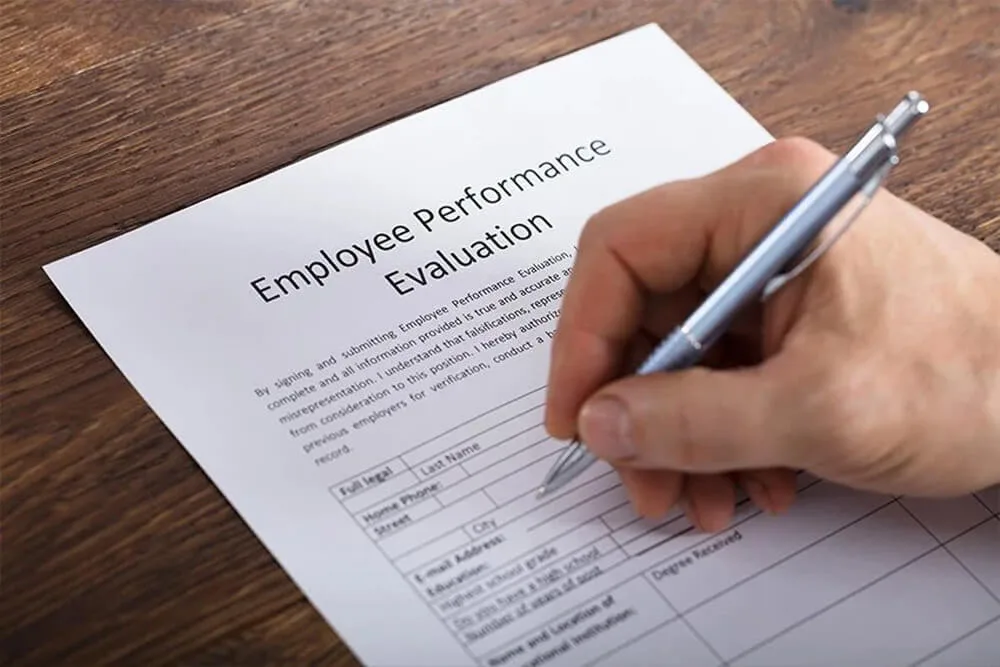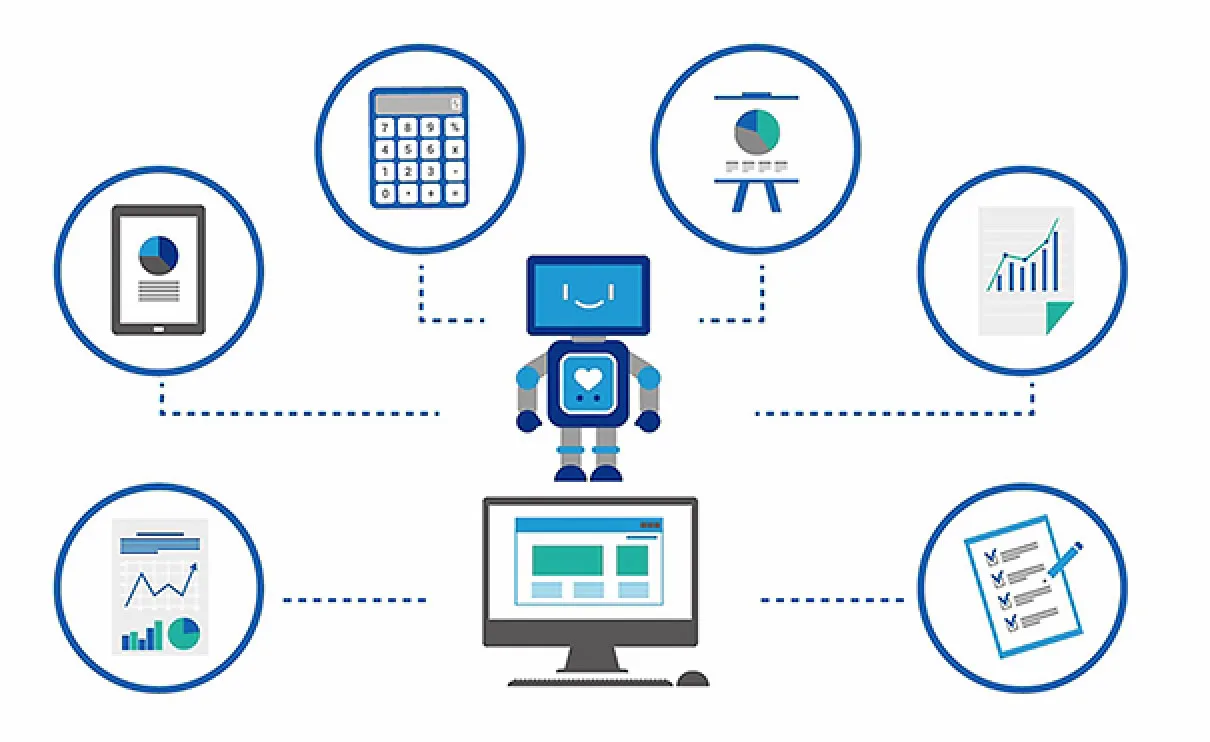Businesses are often looking for ways to improve the way they work. One way to do this is through continuous improvement. This process helps companies promptly update new trends and find new ways to innovate more effectively.
In this article, we will share with you the definition of continuous improvement and give you 13 example of continuous improvement in the workplace to help you have a more detailed perspective.
Let’s go!
What is Continuous Improvement?

Continuous improvement is an essential business strategy that helps companies improve their processes, methods and ways of working. Making regular changes will help your business operate more efficiently, accurately, and effectively.
Before effectively starting continuous improvement, you need to identify the problem, plan a solution with the team, test ideas, and track changes.
13 Best Example of Continuous Improvement in the Workplace
Depending on the goals, type, and development situation, each business implements many different ways of continuous improvement that can increase productivity and create a comprehensive work environment.
Here are 13 examples of continuous improvement in the workplace that you can refer to:
Optimizing a Process
Here is the best example of continuous improvement in the workplace that eliminated unnecessary steps in the workflow:
A marketing team found a way to improve the communication process with new customers. They each ask a series of questions to understand the customer’s needs. However, customers often respond unclearly or take a long time to respond via email. To solve this problem, the marketing manager changed the process by creating a survey that made it easy for customers to answer all the important questions. This helps the team get more feedback and better information from potential customers.
Brainstorming
One way to continuously improve is to hold brainstorming sessions. This can help your team find problems before they happen.

For example, sales leaders might meet quarterly to brainstorm ideas. They can then also meet privately with their team. This helps sales find ways to improve and recognize what works for the workflow.
Editing Work
Sometimes, small improvements can lead to big changes.
For example, a development associate at a nonprofit is working on a contract for a new funder. They used a template to create a contract, but noticed a typo in the contact information. Instead of asking a team leader for help, the associate corrected the error in the original sample.
Evaluating Employee Performance
Another way to continuously improve is to evaluate employee performance.

For example, a department manager might conduct an annual appraisal to evaluate employee performance. After the assessment, managers can identify areas where the team needs additional training. Managers can also reward employees who do well. This helps the department improve over time because employees can grow through training and development.
Simplifying Purchasing Ways
Below is an example of simplifying purchasing methods to improve sales and service quality:
An e-commerce company aims to increase sales next quarter. During the meeting to discuss this plan, they realized that they only offered one payment method on their website. Then, when they added more payment methods, they increased sales by 15% in just six weeks.
Staying Health & Safety
To ensure the safety and well-being of employees, businesses need to regularly review and improve their safety procedures, as well as employee health care.
For example, one hospital noticed that many employees felt tired. To address this problem, they began conducting regular mental health screenings for their employees. This helps ensure that medical staff can do their job well, while reducing the risk of unwanted accidents.
Risk Management
A typical example of a company changing its processes to manage risk at work:
An investment bank that receives electronic payments from customers wants to improve its security. After a brainstorming session from the relevant departments, they decided to add a new process to vet new customers before accepting their first payment. This process includes approving customers, checking their credit and confirming their banking details. This helps build trust between banks and customers.
Determining Cause & Effect
The important example of continuous improvement in the workplace is determining the cause of some of the ongoing problems:
For example, a sales team fails to meet its sales goals. They realized that many salespeople were having difficulty retaining customers. The manager asks each salesperson to explain his or her sales approach and find some areas for improvement. To improve, the manager retrained the sales team with new sales techniques. In the following quarter, the team exceeded its sales target by 10%.
Recognizing Minor Problems
Sometimes it’s important to point out small problems instead of trying to fix them yourself.
For example, an employee notices that some links on the company’s website are broken. Since they couldn’t decide and fix the website themselves, he emailed the communications manager and clarified the error. By identifying the problem, that employee helped another department make a small improvement.
Updating Staff Training
Companies often need to update their training programs.

For example, the human resources department will hold meetings with relevant departments to review and update its employee training program twice a year. During these meetings, they will review the training program together, eliminating, retaining, and adding training activities for their employees. This keeps employees up to date and ensures that training is always relevant and up to date.
Updating Staff Photos
A large company with more than 100 employees wanted to improve its image and transparency as well as improve its reputation in the eyes of its customers. They decided to update all staff photos regularly. Although this may take a long time to capture, it helps the company maintain and increase its values.
Auditing Company Time
An example of continuous improvement in the workplace is time audits.
A company notices a decrease in productivity across the entire company and they decide to conduct a time audit. This involves looking at how the company operates to understand where time is being wasted. After the audit, leaders better understand why productivity is low. They can then implement new strategies to improve time management.
Encouraging Employees
The last example I want to mention is the HR incentive process.

A team leader notices that team members do not interact much with each other. To improve team culture, the leader started a new process in which team members highlight each other’s successes in weekly meetings. This simple change led to a 35% improvement in team performance in just two months.
Conclusion
Overall, continuous improvement helps a business get better over time. Whether you choose to make small or big changes, you can reduce waste and improve results.
I hope each example of continuous improvement in the workplace can help you achieve your business goals.









